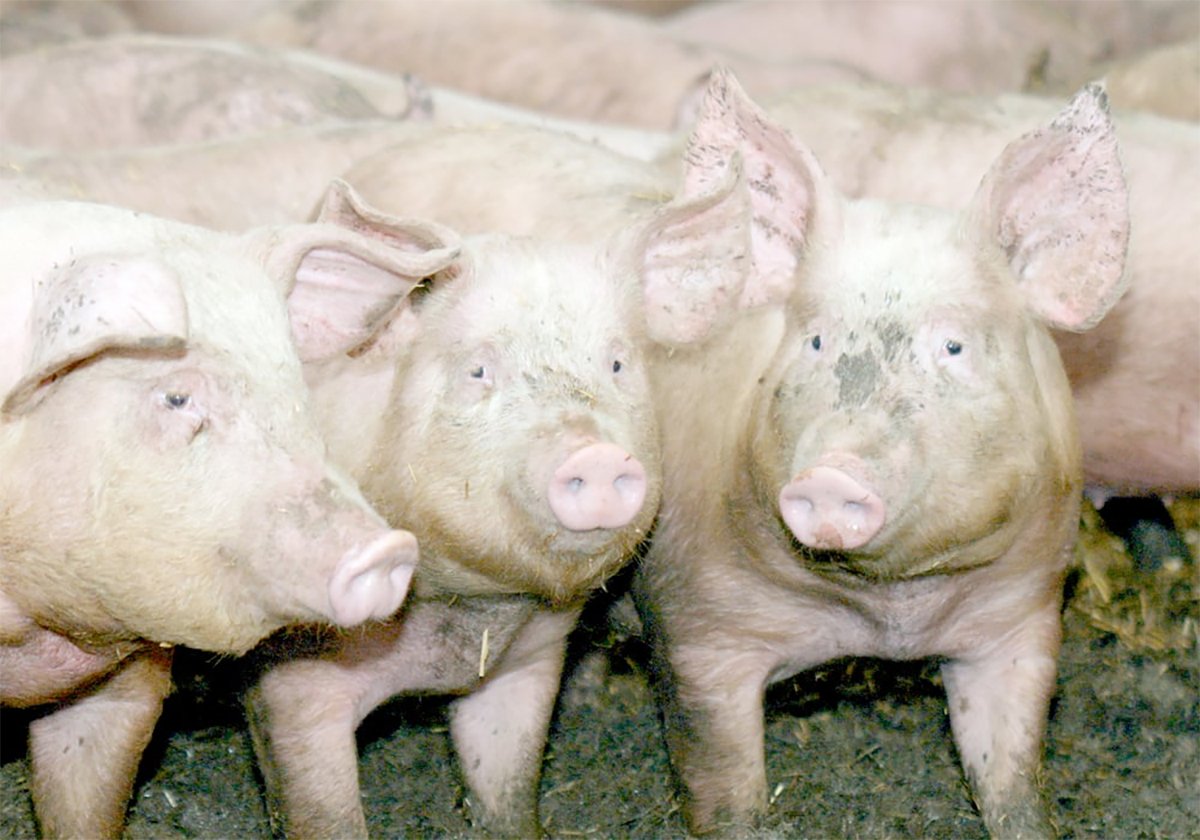VANCOUVER – Producers can make beef a functional food simply by changing what they feed their cattle, says an Agriculture Canada researcher.
Priya Mir, who works at the Lethbridge Research Centre, is investigating how to increase conjugated linoleic acid, or CLA, in beef through special feeding programs. This fatty acid is thought to provide protection from cancer and obesity and perhaps control diseases that progress from metabolic causes.
“Beef can bring a number of health benefits that were not identified previously,” she said during a science seminar at the Canadian Meat Council annual meeting in Vancouver Feb. 7.
Read Also

The Western Producer Livestock Report – October 2, 2025
Western Producer Livestock Report for October 2, 2025. See U.S. & Canadian hog prices, Canadian bison & lamb market data and sale insight.
Functional food has been enhanced by biological compounds and marketed as beneficial to health and living well longer.
Thirty years ago scientists discovered a factor in beef that decreased cancer risk. It was later identified as CLA. In the 1990s they learned that the high iron and zinc levels in beef helped control dementia in stroke victims.
“There are indications that some of these biological fatty acids that can be present in beef, depending on the production system applied, are beneficial,” she said.
CLA is available on the market in a synthetic form derived from vegetable oils, but health results are more variable in this form.
It is also available in milk but fewer people are using whole fat butter or milk.
“The fat in the beef cannot be taken out as you can take out the fat in milk by processing,” Mir said.
Studies show beef fat had a stronger effect on controlling the proliferation of colon cancer cells in lab mice.
Mir led a feeding study of traditional feedlot diets and rations offering sunflower seed to see how much CLA might be deposited in fats. The result was a 100 percent increase in CLA concentration in the meat from the sunflower diets.
In the study, one group of cattle received control diets of 85 percent barley and 15 percent silage while another received six percent sunflowers in their grain rations from post weaning through to slaughter time. Small biopsies of muscle tissue collected from steers showed CLA increased during the feeding period.
Researchers already know pasturing animals increases beef’s CLA content. If the grain content is lowered and more forage in the form of hay is added, the opportunity to increase the CLA content also increases.
Adding oil or oilseeds to a grain based diet also affects other productivity factors.
Digestion in the small intestine is improved because more nutrients are absorbed there rather than the rumen. Less bacteria are shed in the manure and manure production is reduced. Researchers found no liver abscesses when cattle receive oil or sunflower seeds in the ration.
They also found a doubling of trans fatty acids in the meat of animals receiving a sunflower and grain diet, although the overall level is low and is not equivalent to what is produced in industrial processes.
The rate of gain was slightly less than the control animals, but there was no difference in meat quality or the percentage of lean meat yield.

















